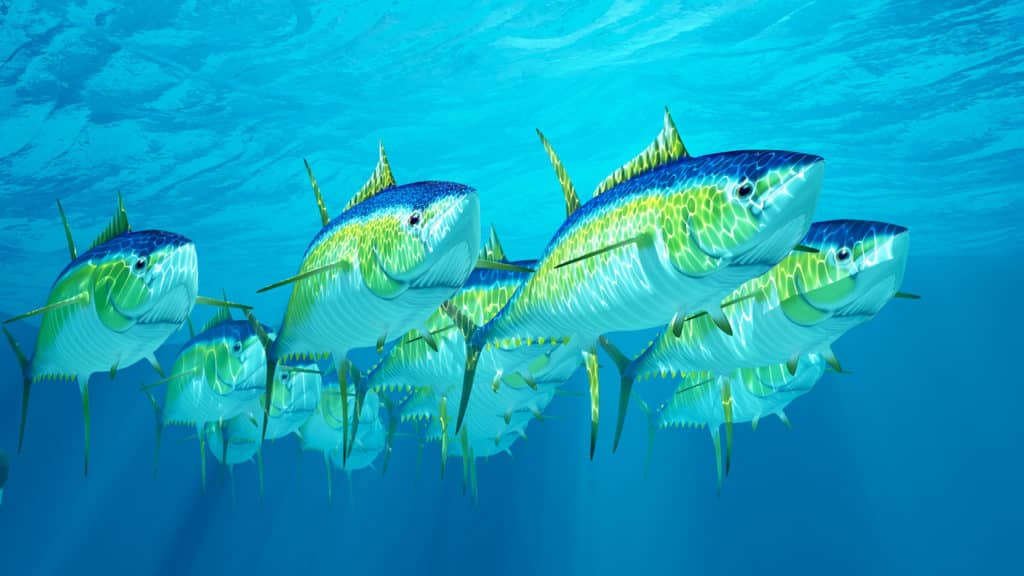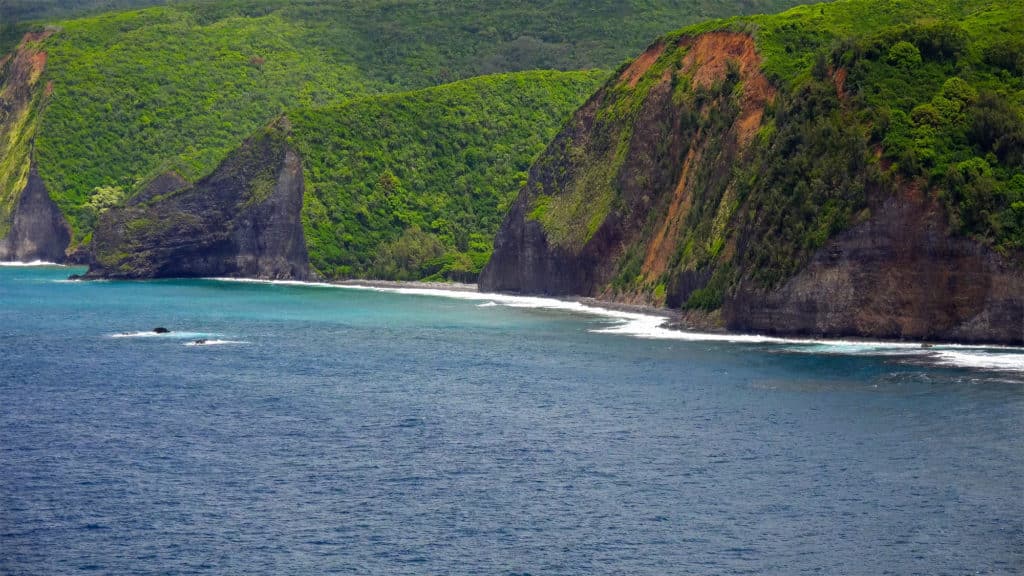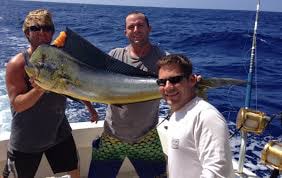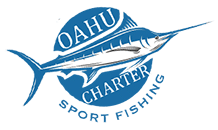Are you prepared for an exhilarating adventure on the open sea? Look no further than Oahu Charter Sport Fishing for an adrenaline-pumping experience! Our charter tuna fishing trips provide an exciting opportunity for anglers of all skill levels. Our comprehensive guide offers valuable insights into the finest locations, top-notch gear, effective techniques, and expert tips to ensure your charter tuna fishing excursion is a resounding success. Get ready to immerse yourself in the thrill of the ocean with Oahu Charter Sport Fishing! Let’s embark on this extraordinary journey!
- Experience the thrill of charter tuna fishing with tips, techniques and best charters!
- Get ready for an unforgettable adventure by stocking up on essential gear and brushing up on trolling methods & heavy/light tackle fishing.
- Don’t forget to pack sun protection – sunscreen, SPF clothing, sunglasses & more!
Bluefin Tuna Fishing Charters
When it comes to bluefin tuna charters, location is everything! It determines the type of fish you can catch, the duration of the trip, and the cost. For Oahu Charter Sport Fishing, you can explore the abundant waters of Hawaii. Catch bluefin tuna and other exciting species while enjoying the stunning beauty of Oahu’s coastlines.
Choosing the right location can guarantee a successful and enjoyable trip that’s both challenging and rewarding.
When selecting a fishing charter for tuna, bear in mind the following factors:
- Your target species
- Trip duration
- Cost
- The expertise of the captain
- The amenities available
Taking all these factors into account, you’ll be able to find the perfect location for an unforgettable tuna fishing adventure during the prime tuna season.
Charter Tuna Fishing Essentials Amenities

- Large bait capacity
- Refrigerated fish-hold
- Side-scanning sonar
- Depth finder
- Bunks
- Full onboard bathroom
Having these amenities can make your trip much more comfortable and enjoyable.
Selecting a boat of appropriate size with the right amenities can significantly enhance your charter tuna fishing experience. Consider your personal preferences, the size of your group, and the type of tuna you’re targeting when selecting the ideal boat for your trip.
Captain Expertise
The expertise of a captain is key to ensuring the success of a charter tuna fishing trip. The captain is responsible for handling Tuna Hunters with excitement and efficiency, making them a great captain for your fishing adventure
A captain with vast knowledge and experience in targeting desired species can greatly increase your chances of landing a prized catch. Their expertise will help you navigate the best fishing spots, adapt to changing weather and sea conditions, and ensure a safe and enjoyable trip for everyone on board.
When selecting from the range of tuna fishing charters, it is crucial to thoroughly research the captain’s experience, customer reviews, and track record to ensure a successful tuna fishing excursion. At Oahu Charter Sport Fishing, our exceptional captains possess the expertise and skills to transform an ordinary fishing trip into an extraordinary and unforgettable adventure of a lifetime!
Essential Gear and Techniques for Charter Tuna Fishing
Before embarking on your charter tuna fishing trip, ensure you are well-acquainted with the essential gear and techniques. The most common fishing techniques in California for bluefin tuna are trolling, heavy tackle fishing, and light tackle fishing. Your fishing preferences, the season, and weather conditions will determine which techniques you’ll use during your trip.

- Rods
- Reels
- Lures
- Clothing
- Sun protection
- Personal items
Being well-prepared with these items will ensure a comfortable and enjoyable fishing trip.
Now, let’s dive into the specifics of trolling methods, heavy and light tackle fishing, and the use of live bait and artificial lures in charter tuna fishing.
Trolling Methods
Trolling is a highly effective method for targeting tuna, where bait or lures are pulled behind a moving boat to attract and catch these powerful fish. Different trolling methods used in charter tuna fishing include using various types of lures, trolling with live bait or whole dead bait, and dragging artificial or rigged dead baits behind the boat.
Tuna fishing typically involves trolling at an optimal speed of around 6 to 7 knots. Key elements that make a trolling method effective in tuna fishing include:
- Presenting lures or baits in a manner that mimics the natural movement of prey
- Trolling across both sides of a temperature break
- Choosing the right tackle
Certain species of fish, such as blackfin tuna, giant bluefin tuna, bigeye tuna, striped bass, and targeting yellowfin tuna, are more susceptible to trolling methods. Among various tuna species, including yellowfin tuna, trolling lines and hand-operated pole-and-lines are commonly used to catch fish using baited hooks, making these methods highly successful in catching blackfin and bluefin tuna.
Heavy and Light Tackle Fishing
Both heavy and light tackle fishing offer thrilling techniques for charter tuna fishing. Heavy tackle fishing uses heavier rods, reels, and lines that can handle bigger fish and tougher conditions, while light tackle fishing is all about increasing the fighting power of the fish with lightweight lines and tackle.
When choosing between heavy and light tackle for tuna fishing, consider your target species, fishing technique, rod strength and action, reel capacity and drag, and personal preference and experience. The type of tackle commonly used for charter tuna fishing includes G crimps, live bait, tuna-grade lures, and spinning reels with swim baits.
Both heavy and light tackle fishing have their own unique advantages. The key is to find the right balance between power and sensitivity to maximize your chances of landing that prized tuna.
Live Bait and Artificial Lures

On the other hand, artificial lures offer several advantages:
- They can cover more water at higher speeds
- They create specific physical actions that can lure fish
- They are generally more durable and adaptable compared to live bait
However, skillful presentation may be required for artificial lures to be effective, and some types of tuna may prefer live bait over artificial lures.
Ultimately, the best option for each angler will depend on their individual preferences and the conditions of the fishing trip.
Preparing for Your Charter Tuna Fishing Trip
Proper preparation and packing of necessary items are vital before setting out on your charter tuna fishing trip. From appropriate clothing and gear to personal items and documents, being well-prepared will ensure a comfortable and enjoyable experience.
Let’s take a closer look at what you should pack for your charter tuna fishing trip and the importance of sun protection.
Packing Essentials
When packing for your charter tuna fishing trip, it’s important to include appropriate clothing, such as:
- A hat
- Sunglasses with straps
- Closed-toed shoes (preferably boots)
- A coat or jacket
- Shorts and pants
- Insulated hats, shirts, and gloves for freezing conditions
- Rain gear or a windbreaker
- Light clothing for warm weather
- Layers for offshore fishing
In addition to clothing, it’s essential to bring the right gear for a successful fishing trip. This includes:
- Fishing gloves
- A waterproof bag
- Rain gear or a windbreaker
- A hat and sunglasses with straps
- Closed-toed shoes (preferably boots)
- A coat or jacket
- A fishing rod and reel with lures, flies, and tackle
- Waterproof boots or shoes
- Medium to warm clothing depending on the season
Lastly, don’t forget to pack personal items such as:
- a waterproof bag for electronic items and important documents
- personal hygiene items
- a valid photo ID
- fishing permits if required
- rugged boots
- pliers/cutters
- a cooler
- a filet knife
- baggies
- comfortable footwear
- sunglasses
- a hat
- sunscreen
Sun Protection
During your charter tuna fishing trip, safeguarding yourself from the sun is essential to reduce the risk of sunburn, skin damage, and potential skin cancer. Prolonged sun exposure can have both positive and negative effects on your health and performance during a charter tuna fishing trip.
To protect yourself from harmful UV rays, you should:
- Wear sunscreen or sunblock
- Wear clothing with built-in SPF or UV protection
- Wear polarized sunglasses
- Wear a wide-brimmed hat
- Wear a lightweight long-sleeved shirt
- Wear long shorts
- Consider wearing fishing gloves for UV protection on the hands
These measures will help keep you safe from the damaging effects of the sun.
By taking the necessary precautions and using sun protection measures, you can ensure a safe and enjoyable experience during your charter tuna fishing trip.
Summary
In conclusion, charter tuna fishing offers an exciting and unforgettable adventure for anglers of all levels. By carefully selecting the right location, boat, captain, gear, and techniques, and preparing yourself with proper clothing, sun protection, and personal items, you can maximize your chances of success and enjoyment on your charter tuna fishing trip. Now it’s time to reel in that prized catch and create memories that will last a lifetime!
Frequently Asked Questions
What month is best for tuna fishing?
If you’re looking to catch a large tuna, summertime is the best bet – head out in June, July or August for the biggest catches! You can still find success in September, October and November too.
What factors should I consider when choosing a charter tuna fishing location?
When deciding on a tuna fishing location, take into account the species of tuna you’d like to target, how long your trip will be, what kind of amenities you need access to, and the captain’s experience and expertise for a great fishing experience.
What’s the difference between heavy and light tackle fishing?
Experience the thrill of a fight between you and your catch with light tackle fishing, or up the challenge with heavier equipment for bigger fish – heavy tackle fishing is the way to go!
